14 March 2025
Board games are a treasure trove of fun, strategy, and good times with family and friends. But let’s be real—before we even crack open that box and dive into the gameplay, most of us are already judging the game. Why? Because the box matters. Yes, I said it. Board game packaging is more than just cardboard and cool art; it’s a psychological playground of colors, designs, and marketing wizardry that can make or break a game’s success.
You’ve probably seen it before: you walk into a game store and your eyes dart to that one box on the shelf. It’s vibrant, intriguing, and whispering, “Buy me!” So why does a box have that much sway over our decision-making? Let’s roll the dice and unpack (pun intended) the psychology of board game packaging. 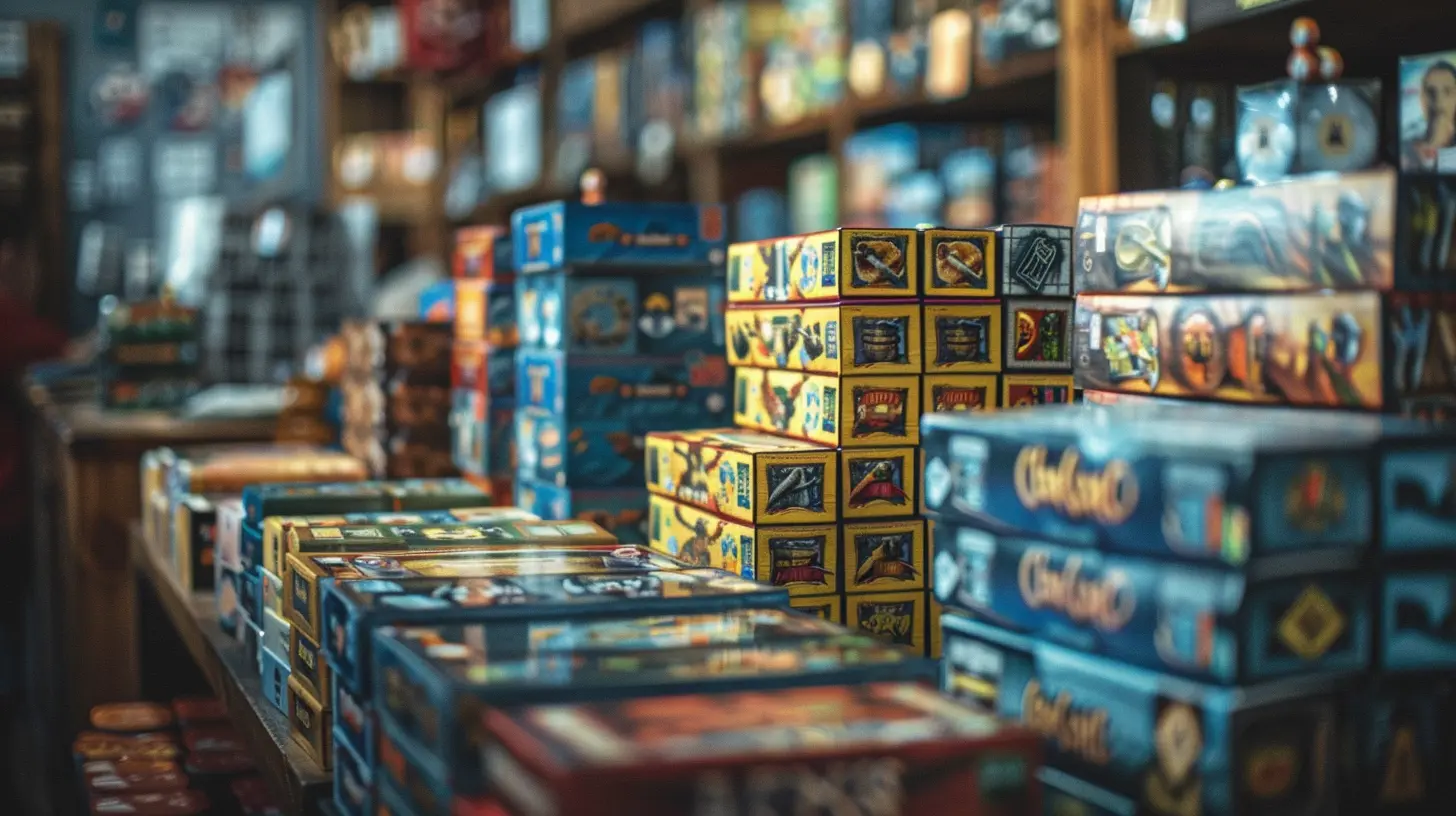
The First Impression: Why Packaging Matters
Think of board game boxes like the dating profiles of the tabletop world. The box is the first thing you see, and it has just a few seconds to catch your attention. If it doesn’t, you swipe left—or, in this case, move on to the next game on the shelf.But if the box does its job right, it makes you stop, stare, and maybe even say, “Oh wow, this looks fun.” Yup, packaging plays the role of the swoon-worthy opening line. And in an industry with thousands of new games released every year, standing out is no small feat.
Colors That Speak to Your Soul
Ever noticed how dungeon-crawling games often go for dark, moody boxes with splashes of red and metallic fonts? Or how family-friendly games like Ticket to Ride lean heavier on bright, cheerful colors? That’s not a coincidence—it’s science.Certain colors can evoke emotions and even communicate the vibe of the game. Blue feels trustworthy and calm (perfect for strategy games), red screams excitement and urgency (great for fast-paced games), and pastels can make a game feel cozy and approachable.
Designers know this and craft every shade on that box with intention. So next time you’re staring at a green-and-gold box, ask yourself: “Am I buying this because it looks majestic, or do I just love shiny things?” (Spoiler: probably both.) 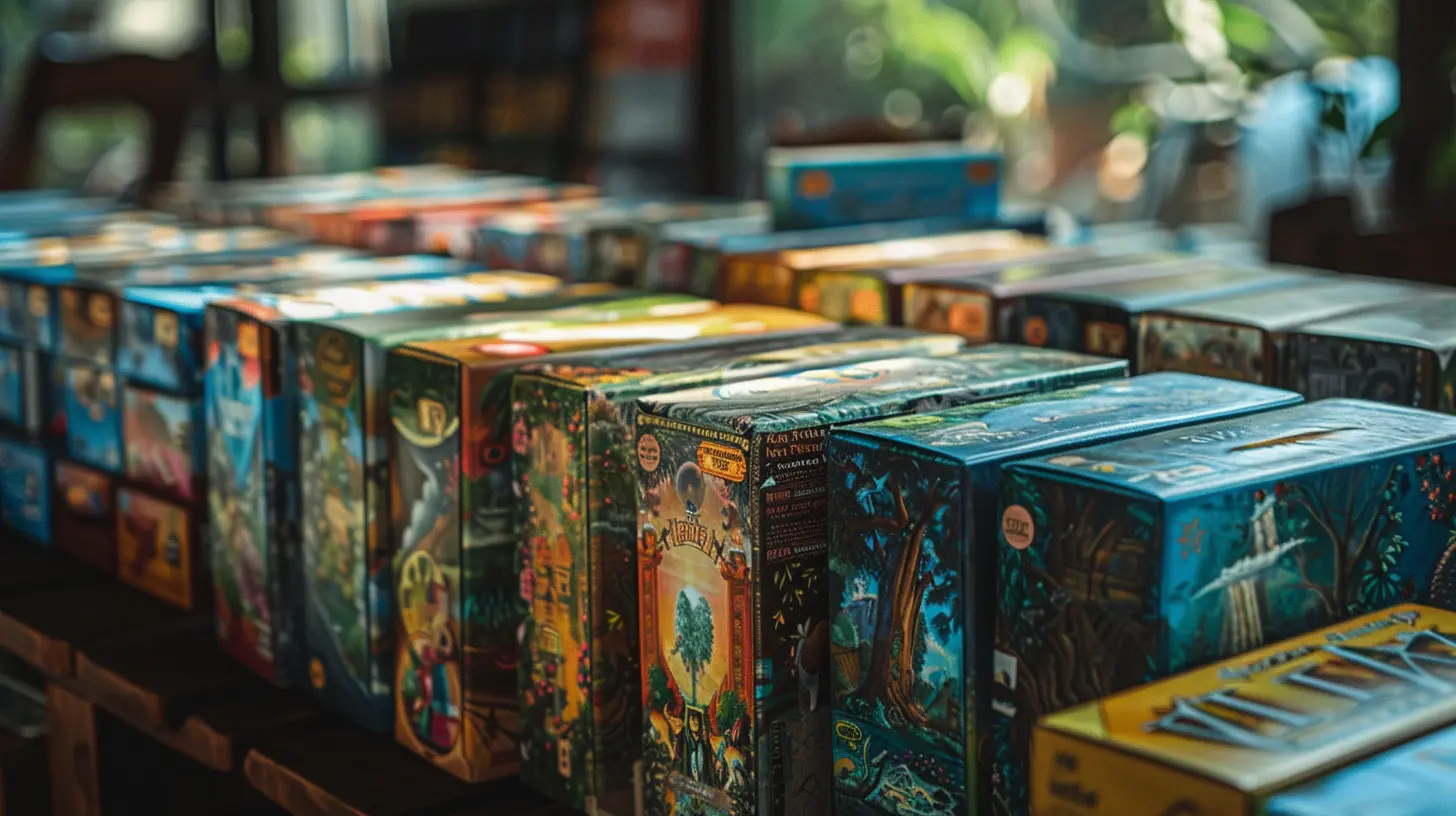
The Power of Artwork: More Than Just Eye Candy
Put yourself in the shoes of a board game shopper. Do you gravitate toward boxes featuring cartoonish characters, epic landscapes, or abstract art? That’s no accident. The artwork on a game box is like a movie poster—it sets the tone and tells a mini-story of what’s to come.A game like Catan leans into pastoral landscapes to tease its resource-gathering, empire-building vibe. Meanwhile, a game like Exploding Kittens slaps humor and absurdity right on the cover to scream, “This is not a serious strategy game; prepare for chaos.”
Art on a board game box doesn’t just make it pretty—it’s a promise. It teases the experience inside, hooks your imagination, and gives you all the feels before you even open the box.
Typography: Read Me, I’m Fun!
Let’s nerd out about fonts for a sec. You’d be surprised how much a game’s title font impacts your perception. Bold, chunky text? That game probably wants to grab your attention and promises straightforward fun (think Monopoly). Elegant serif fonts? Expect complexity and depth, like with Wingspan.Typography is like the cherry on a sundae—it might seem small, but it pulls everything together. A mismatched font can throw off the design, while the perfect font can seal the deal, making the game box irresistible. 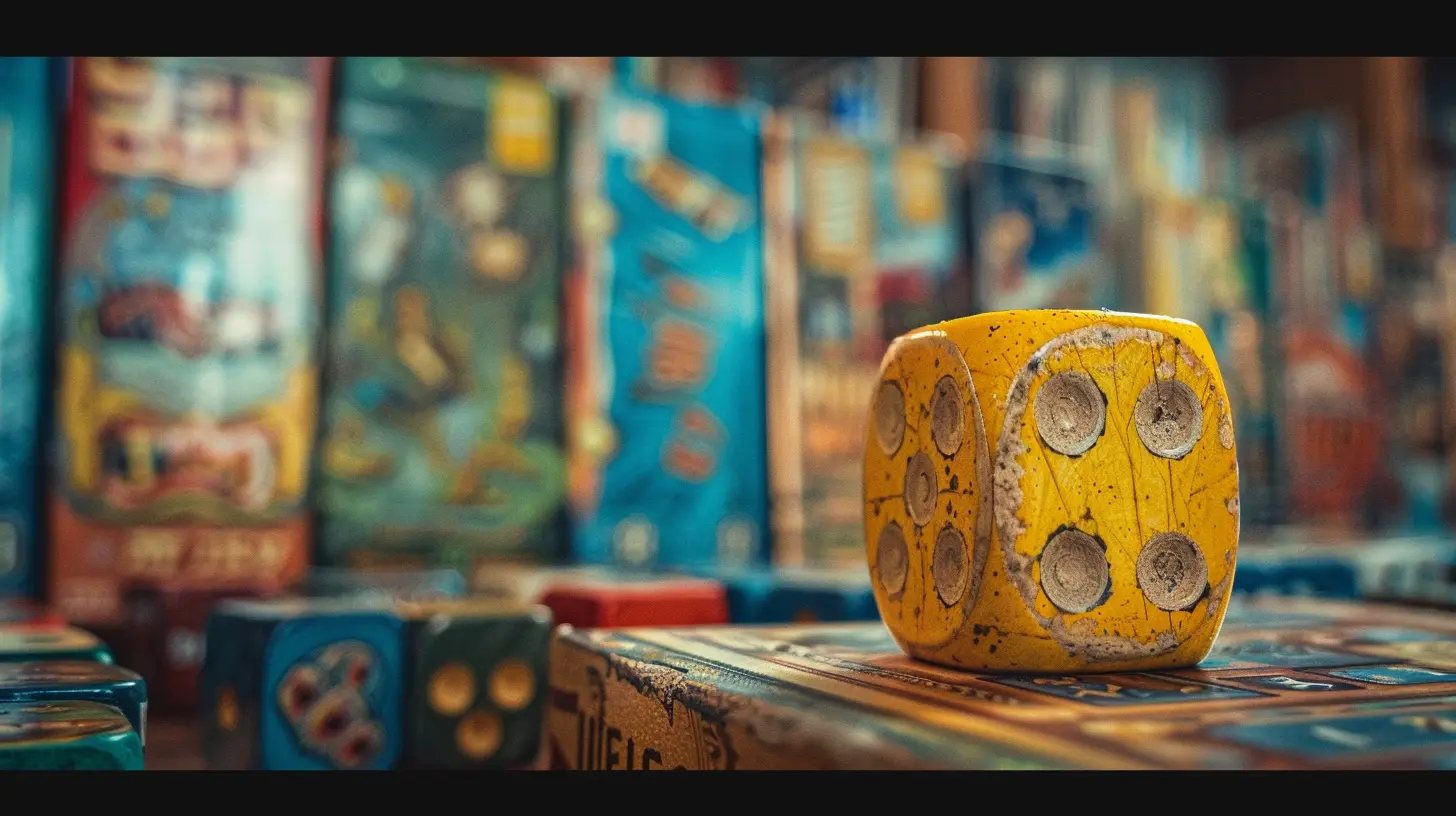
Size and Shape: Bigger Isn’t Always Better
Have you ever picked up a giant board game box and thought, "Wow, this must be packed with stuff!" Yeah, box size plays into our psychology too. We instinctively assume bigger boxes mean better value, even though we all know the inside might just be 80% air (I’m looking at you, Everdell).But here’s the catch—size isn’t everything. Smaller boxes appeal to players who want something portable or quick to play. Plus, compact games are often great impulse buys. It’s a win-win situation for both the player and the game designer.
And then there’s the shape. Square? Classic. Rectangular? Functional. Unusual shapes? Guaranteed to grab attention but might be a nightmare to stack on your shelf. (Seriously, why do some games feel the need to mess with storage compatibility?) 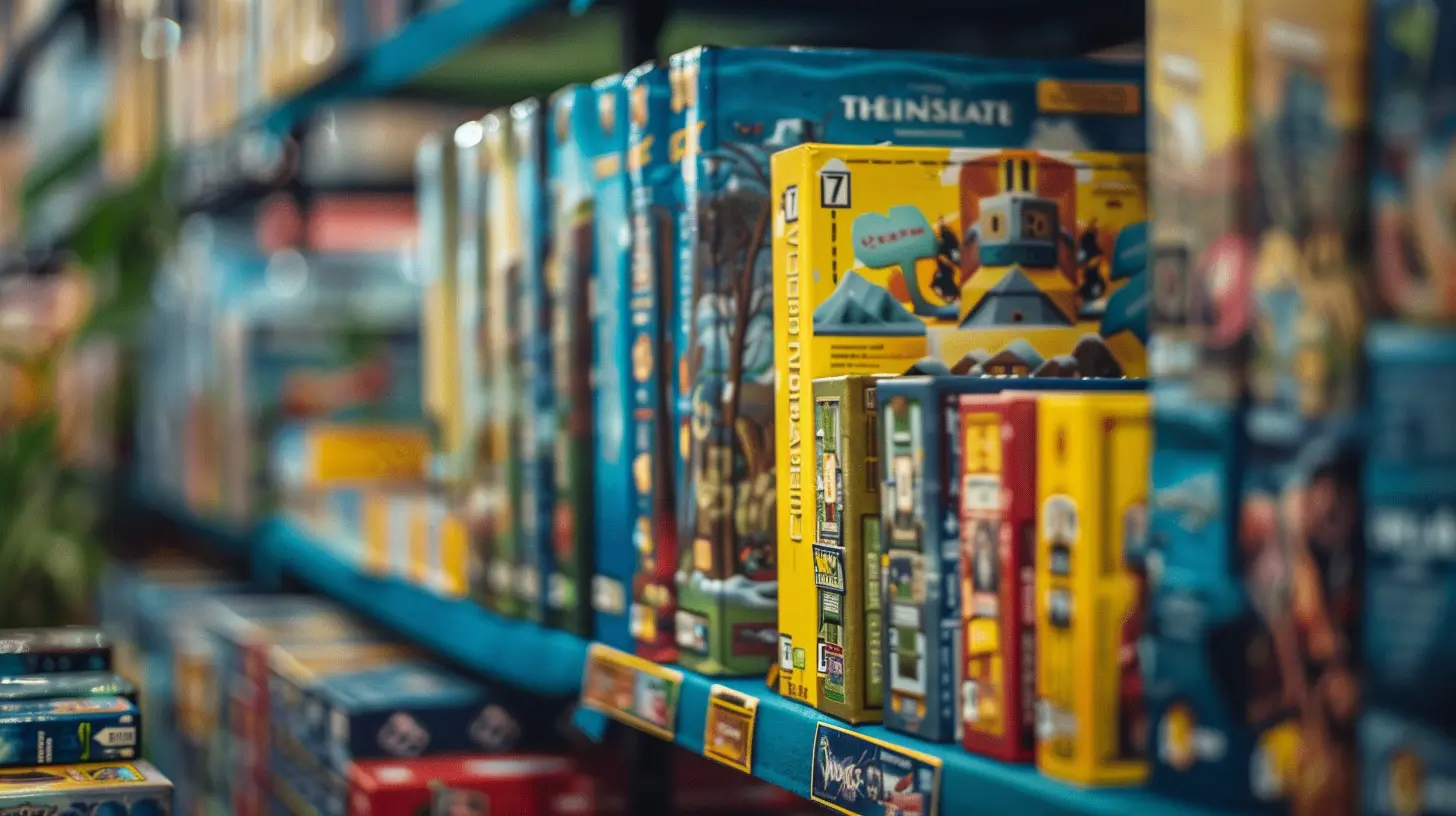
The All-Important Back of the Box
Ah, the back of the box—the unsung hero of board game packaging. This is where games lay out all their cards (pun intended) and try to seal the deal. Flip a box over, and you’ll usually find:- A brief description of the gameplay
- Gorgeous images of the board and components
- The number of players, playtime, and recommended age
This is a game’s elevator pitch. If the front cover lures you in, the back of the box has to convince you to take it home. And let’s be honest—if the description’s too vague or the components don’t look appealing, it’s going right back on the shelf.
Icons and Info: The Quick-Scan Game
You know those little icons on the back of the box that say “2-4 players,” “30 minutes,” or “Ages 10+”? They’re more important than they look. These quick-hit bits of info are gold for shoppers in a rush.Imagine you’re at a store, trying to pick a game for family night. You know grandma hates overly complicated rules, so you scan for something simple and quick. Bam—those tiny icons seal the deal. It’s brilliant marketing and makes the decision process a whole lot easier.
The “Shelf Presence” Factor
Let’s talk about something every board game collector knows all too well: shelf presence. A game’s box isn’t just about attracting buyers; it’s also about looking good on your shelf. (Yes, we’re all a little vain about our game collections.)Publishers know this and design boxes that beg to be displayed. Some even print “spines” on the sides of their boxes so they look like books when stacked vertically. It’s box design on another level, and we’re here for it.
The Good, The Bad, and The Misleading
Of course, not all board game packaging is a slam dunk. Ever bought a game because the box made it look amazing, only to find out the gameplay was meh? Yeah, we’ve all been burned by a pretty face.At the same time, some incredible games get overlooked because their boxes just don’t pop. (Race for the Galaxy, this is your cue.) It’s a reminder that while packaging can open the door, it’s the game itself that keeps people coming back.
Why It All Works: The Psychology of Choice
Board game packaging works because it taps into our basic psychology. We’re visual creatures—we love pretty things. We’re emotional decision-makers—colors and fonts sway us more than we’d like to admit. And we’re suckers for stories—a well-designed box can create an instant connection to the world inside.At the end of the day, board game packaging is a mix of art, science, and a little bit of magic. It’s designed to make us feel something—and if it does that, it’s already halfway to winning our hearts (and wallets).
Wrapping It Up (Pun Totally Intended)
So, the next time you’re browsing board games, take a second to appreciate the boxes. They’re not just containers; they’re storytellers, mood-setters, and salespeople all rolled into one. Whether it’s the vibrant art, the clever typography, or the mysterious promise of fun on the back, every box is its own little masterpiece of psychology.And if nothing else, they make your shelves look amazing.


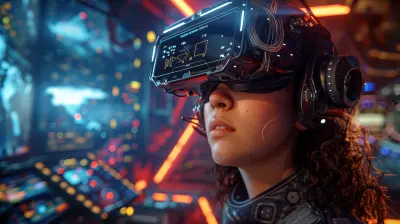
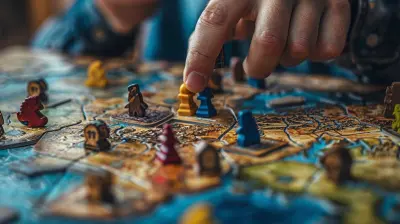
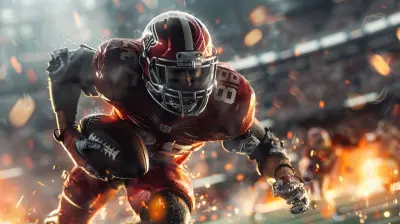

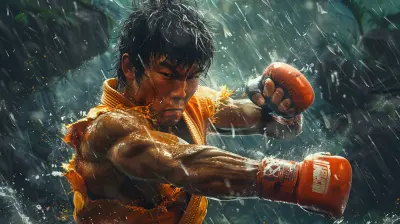
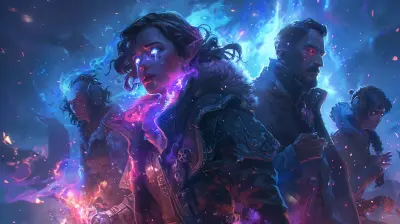
Lennox Schultz
Who knew the real strategy in board games was getting us to buy them based on their boxes? It's like they’re saying, 'Choose me, I’m the shiny one!' Meanwhile, my wallet is over there crying in the corner!
April 1, 2025 at 4:12 AM